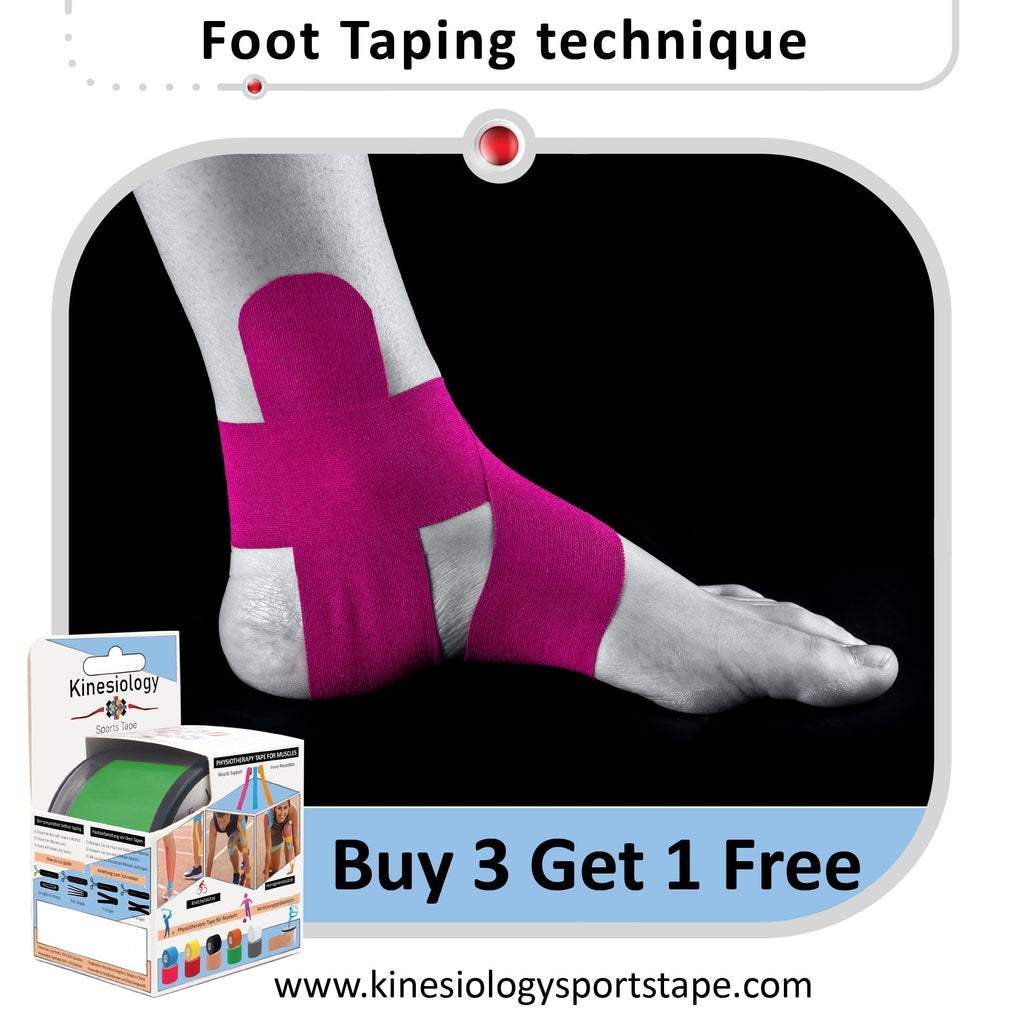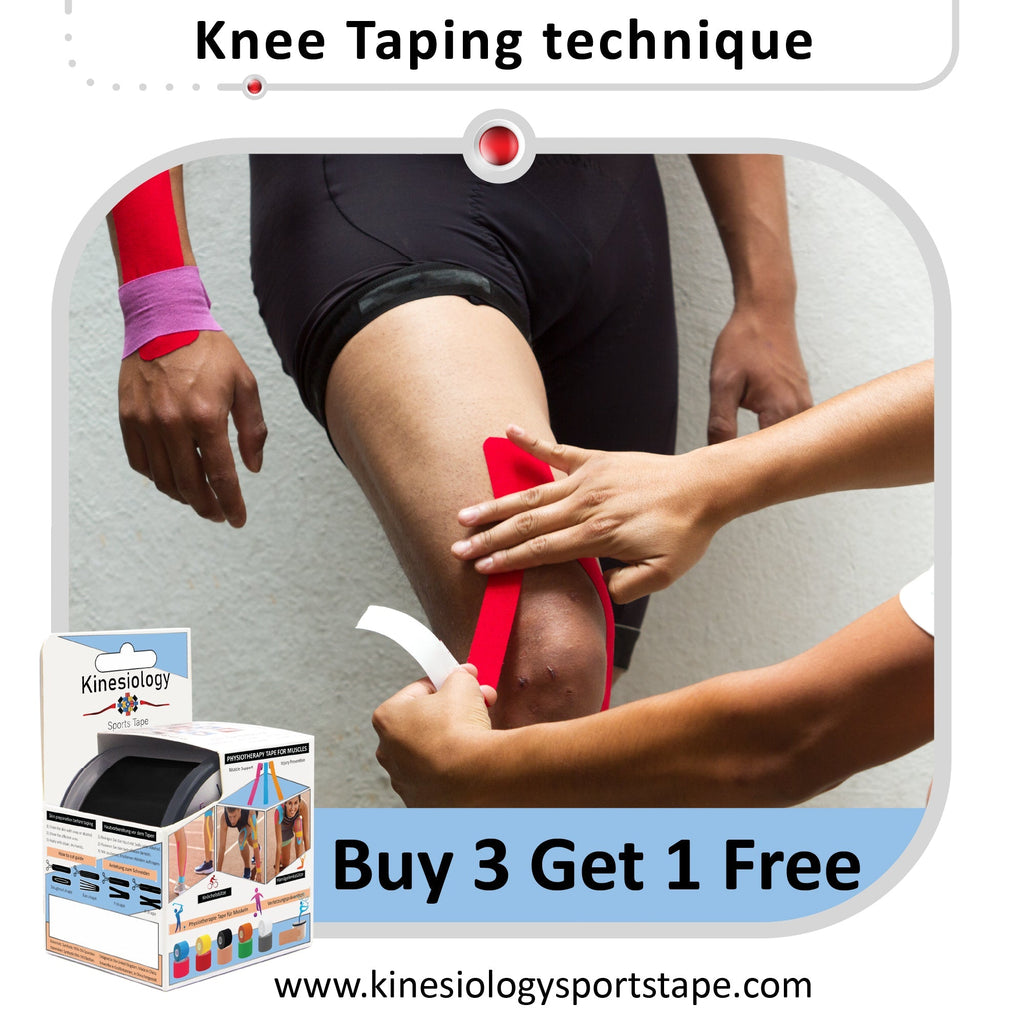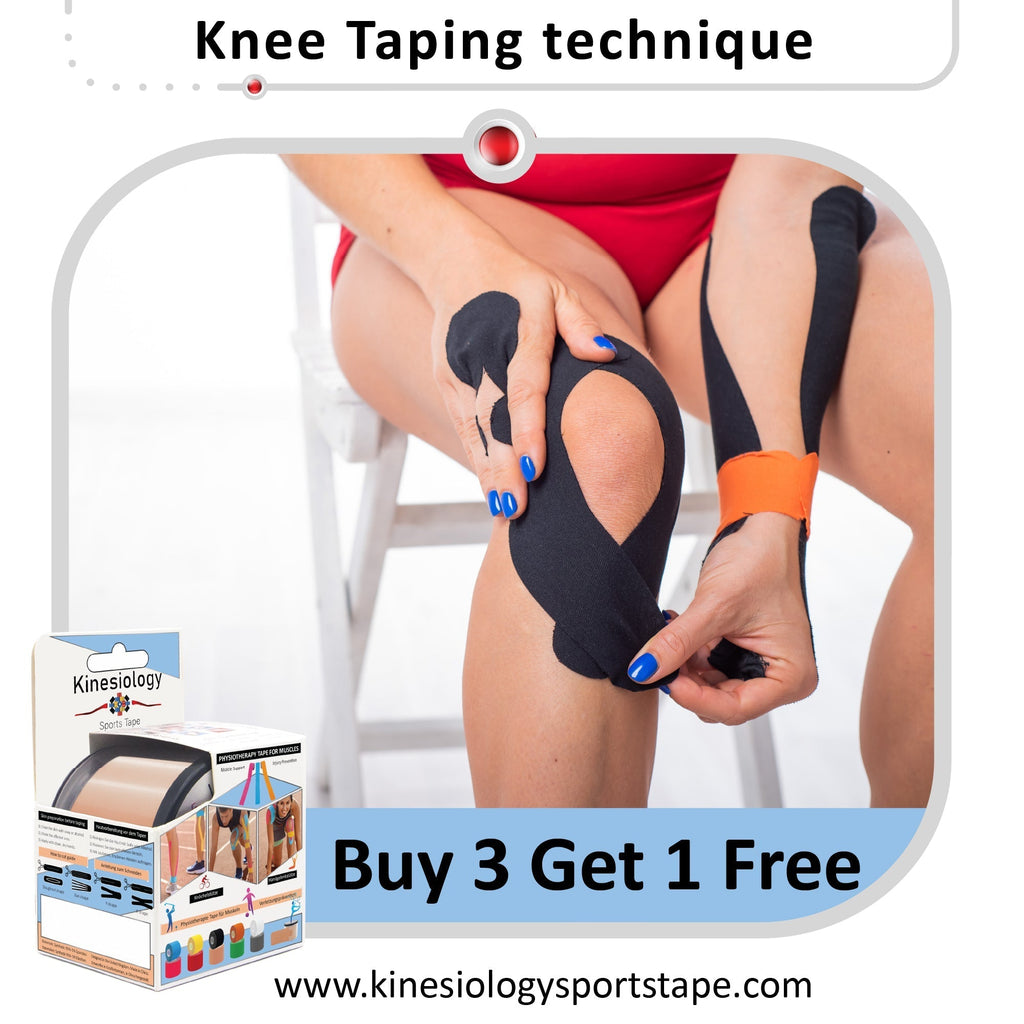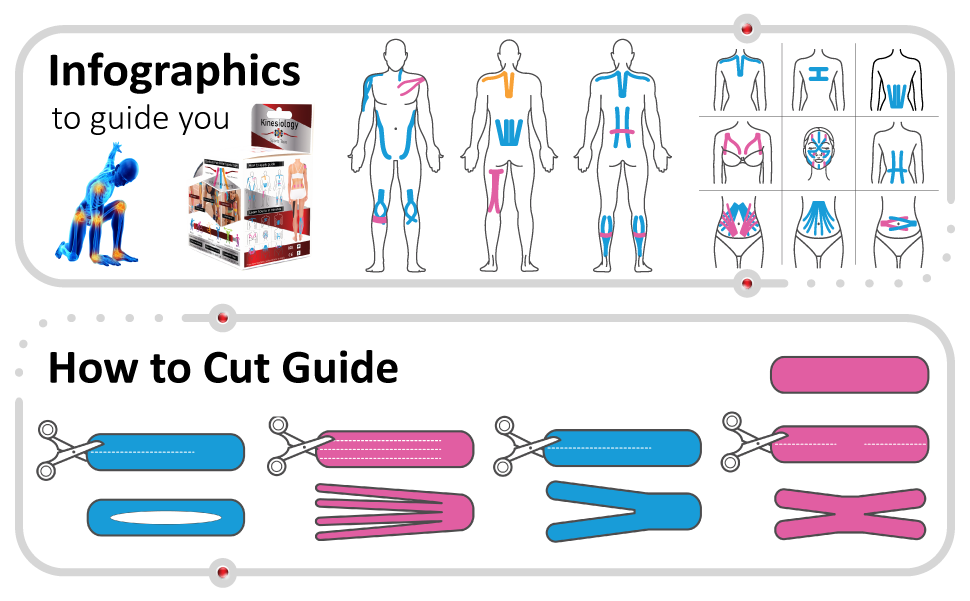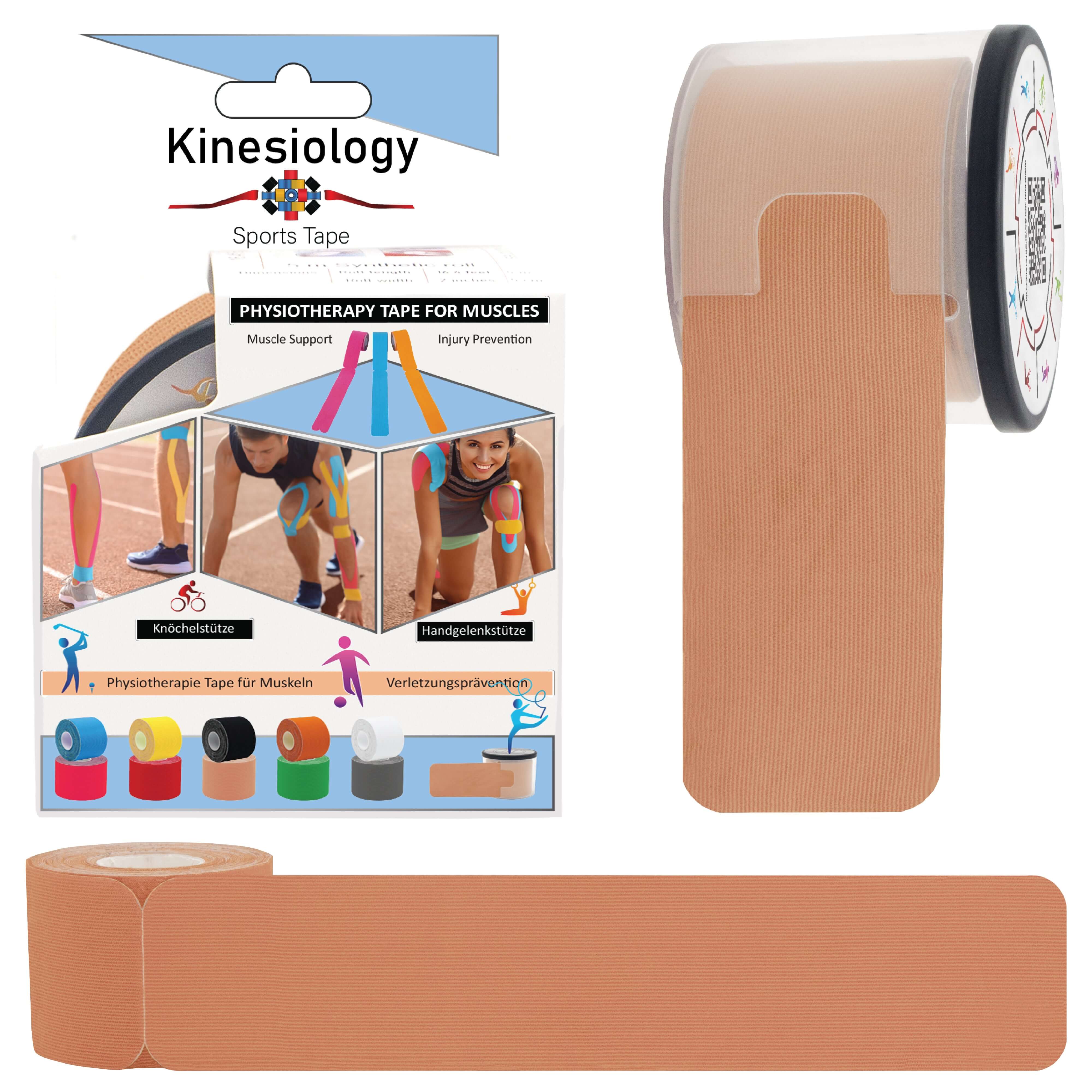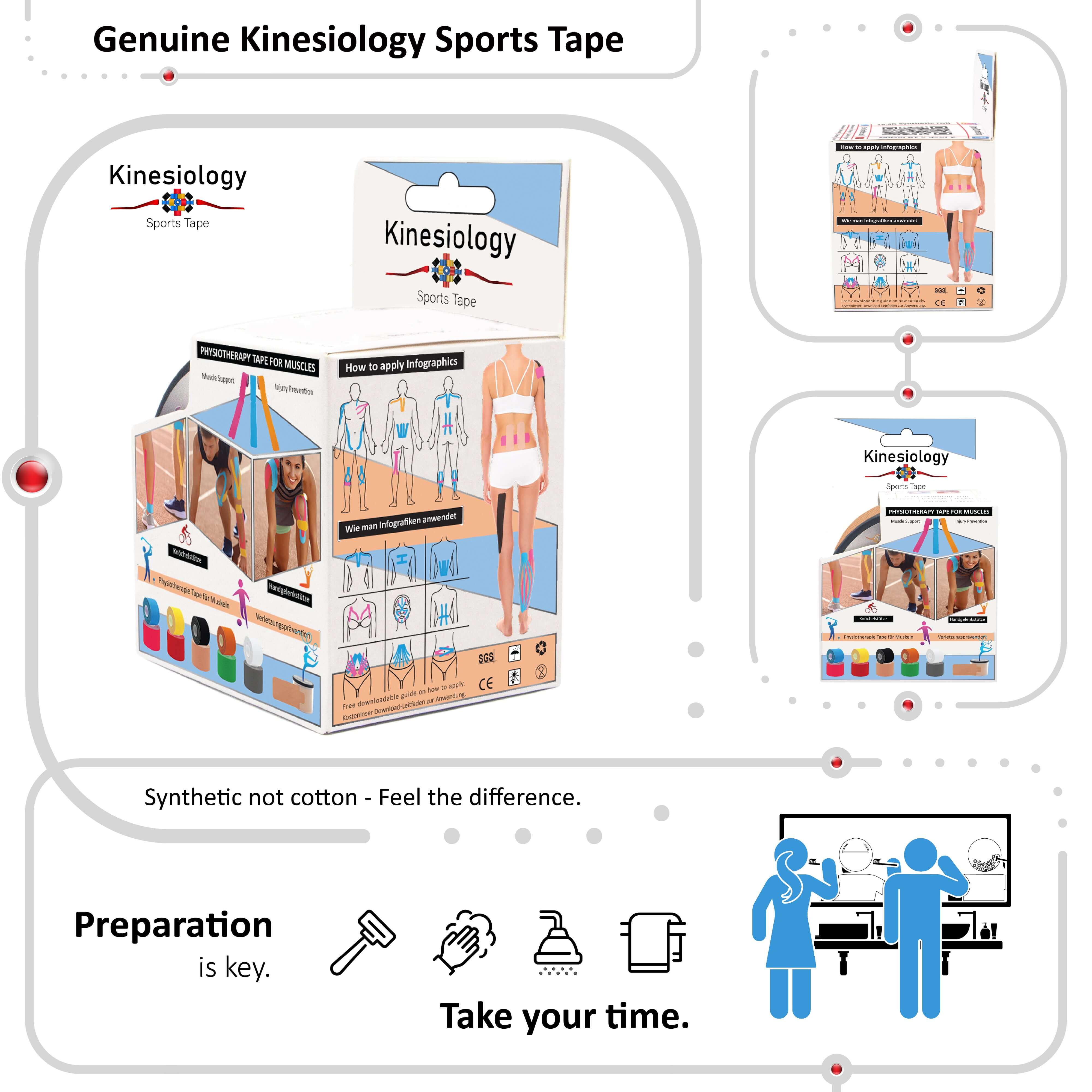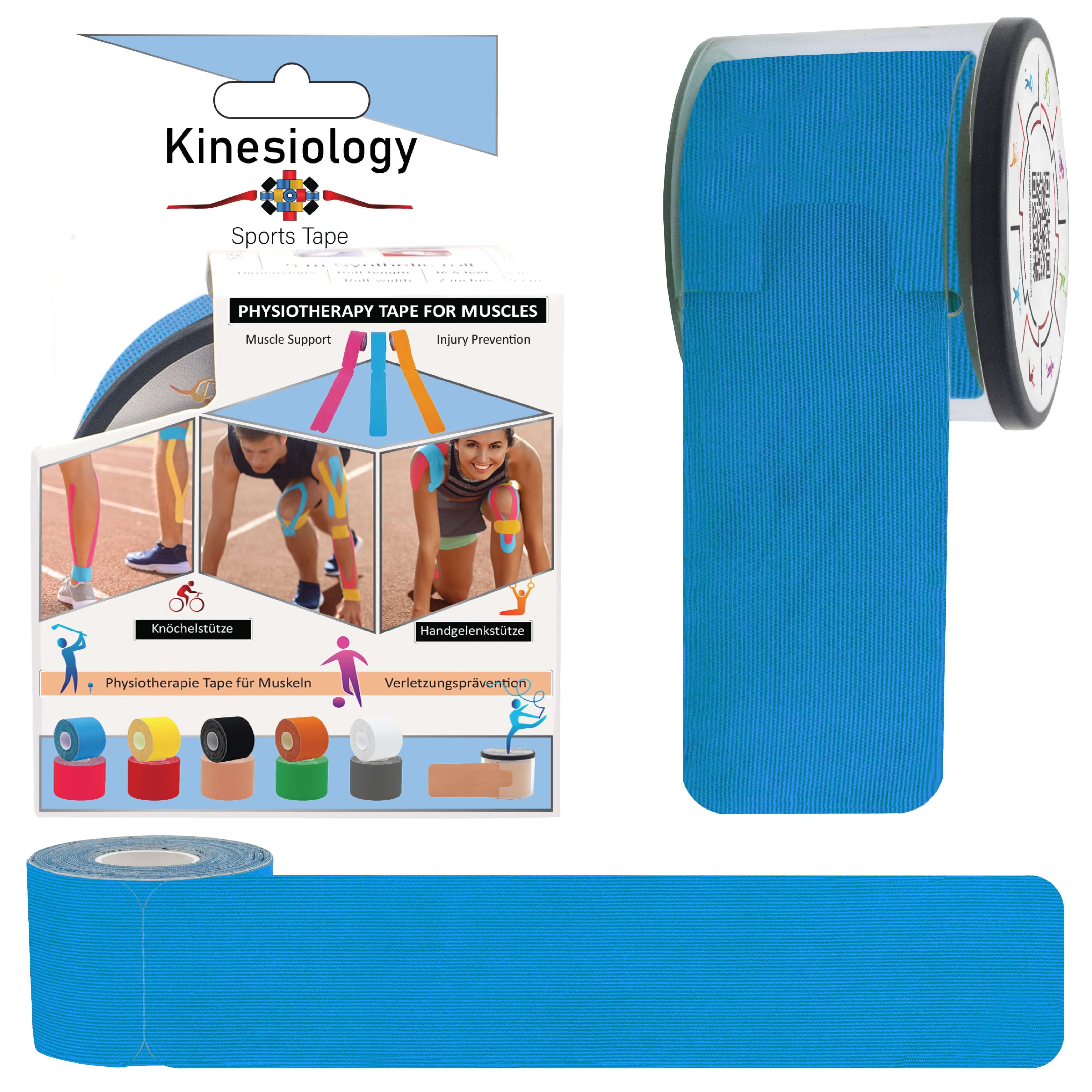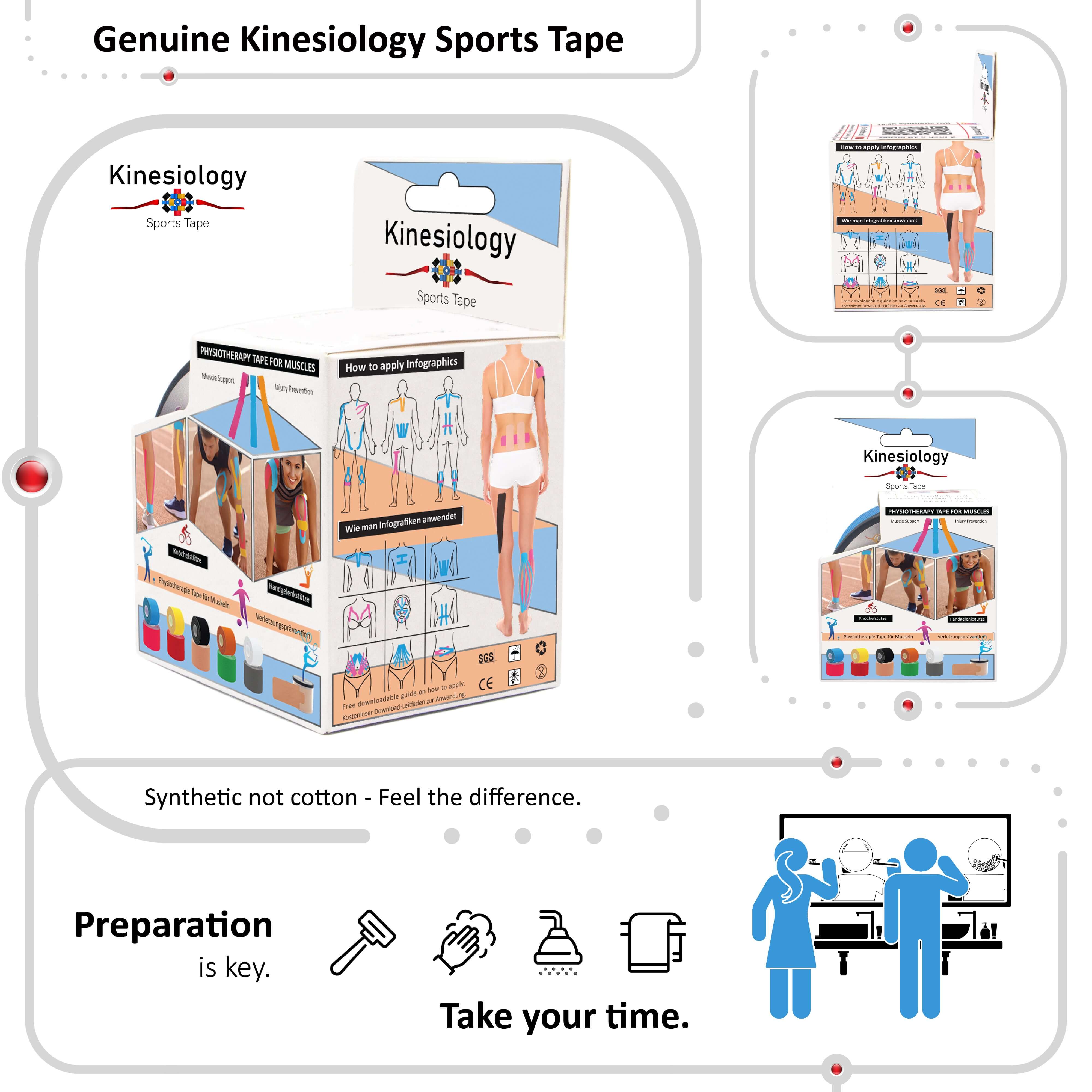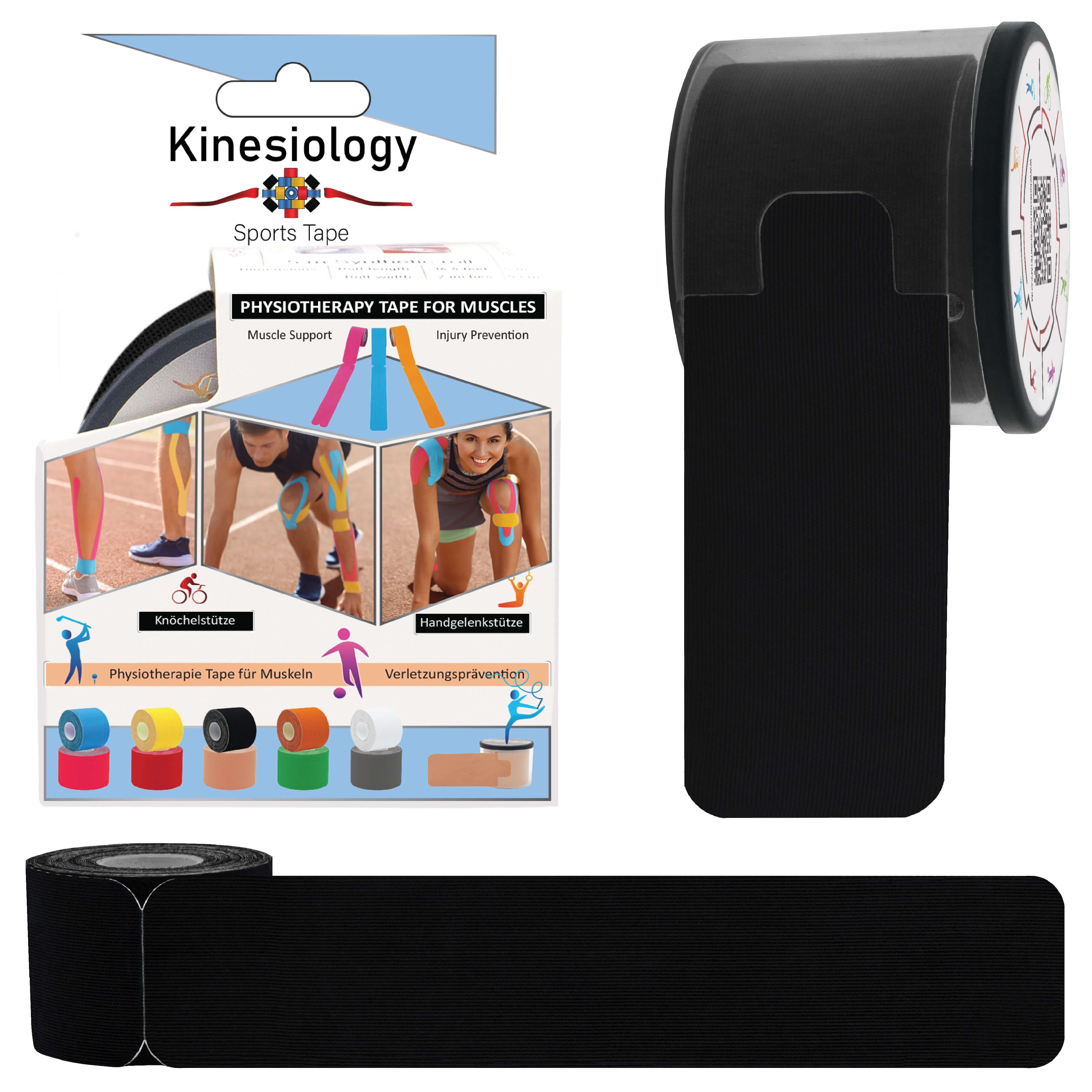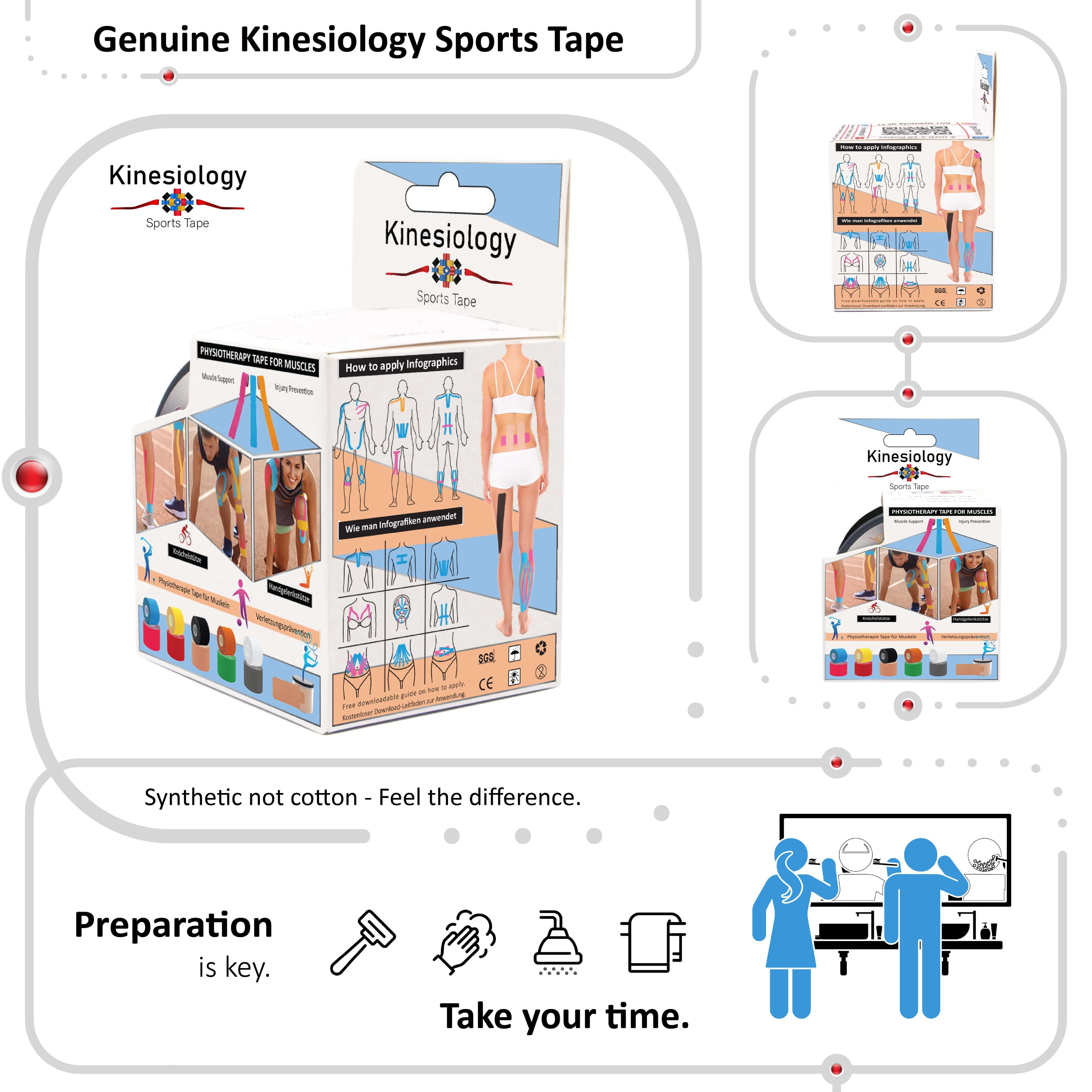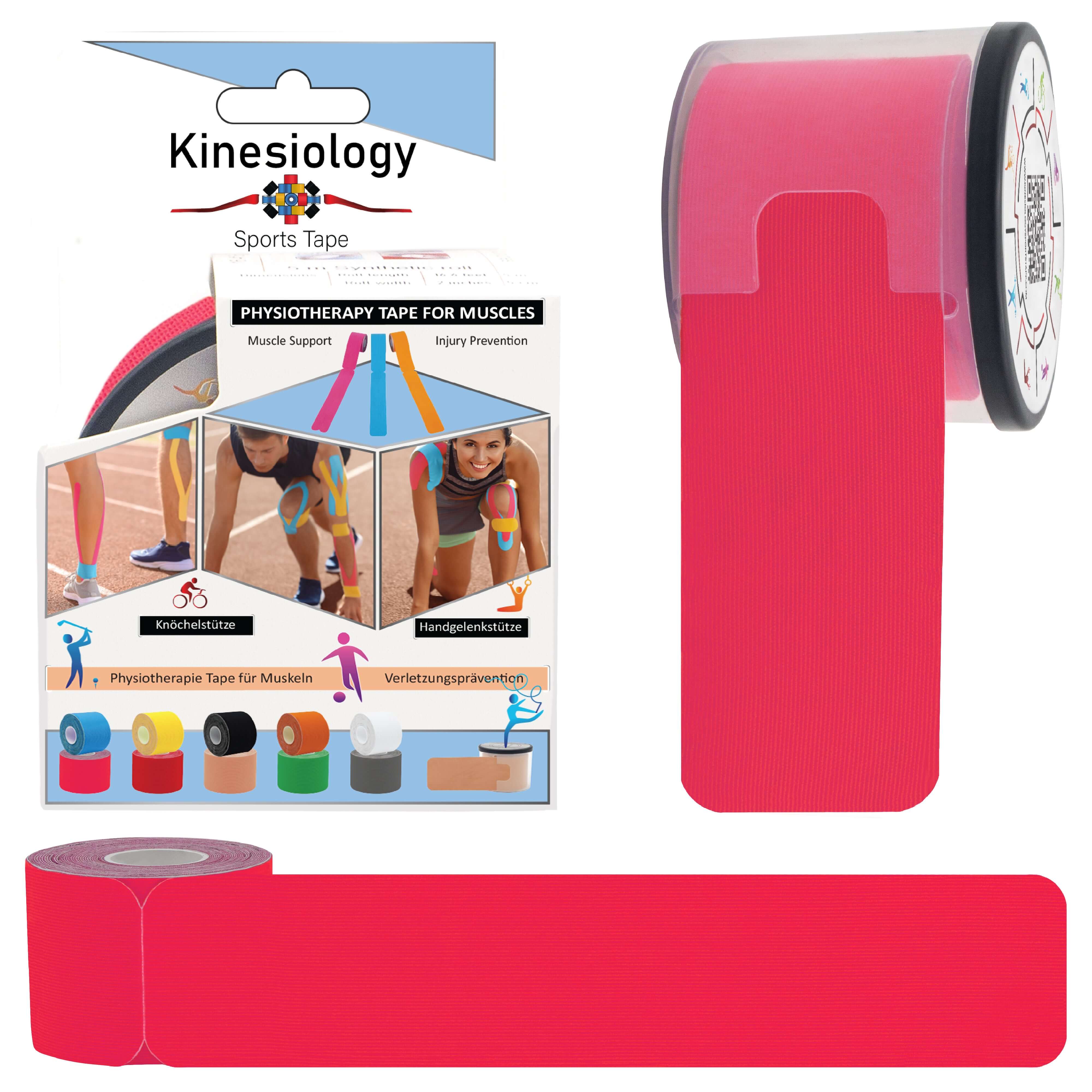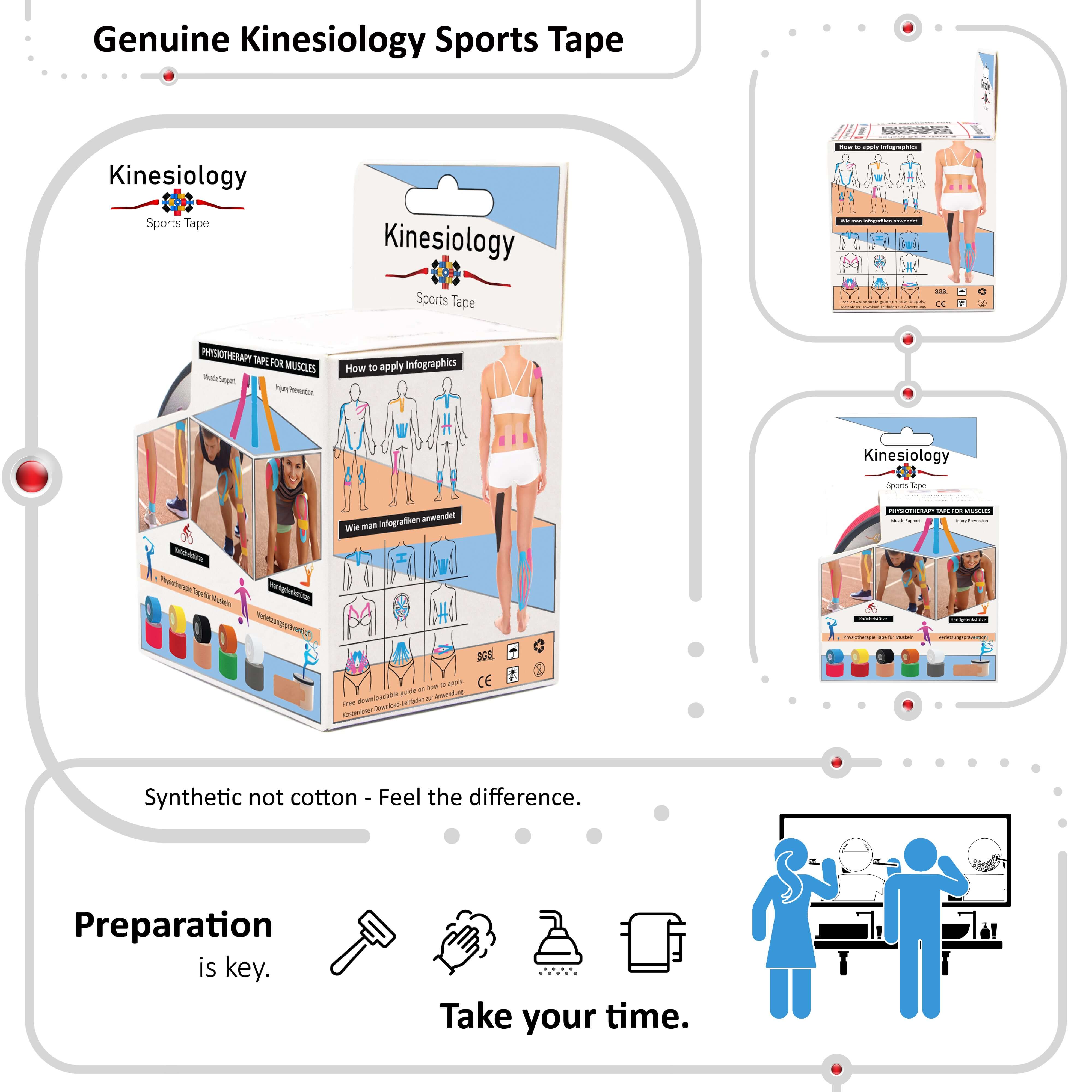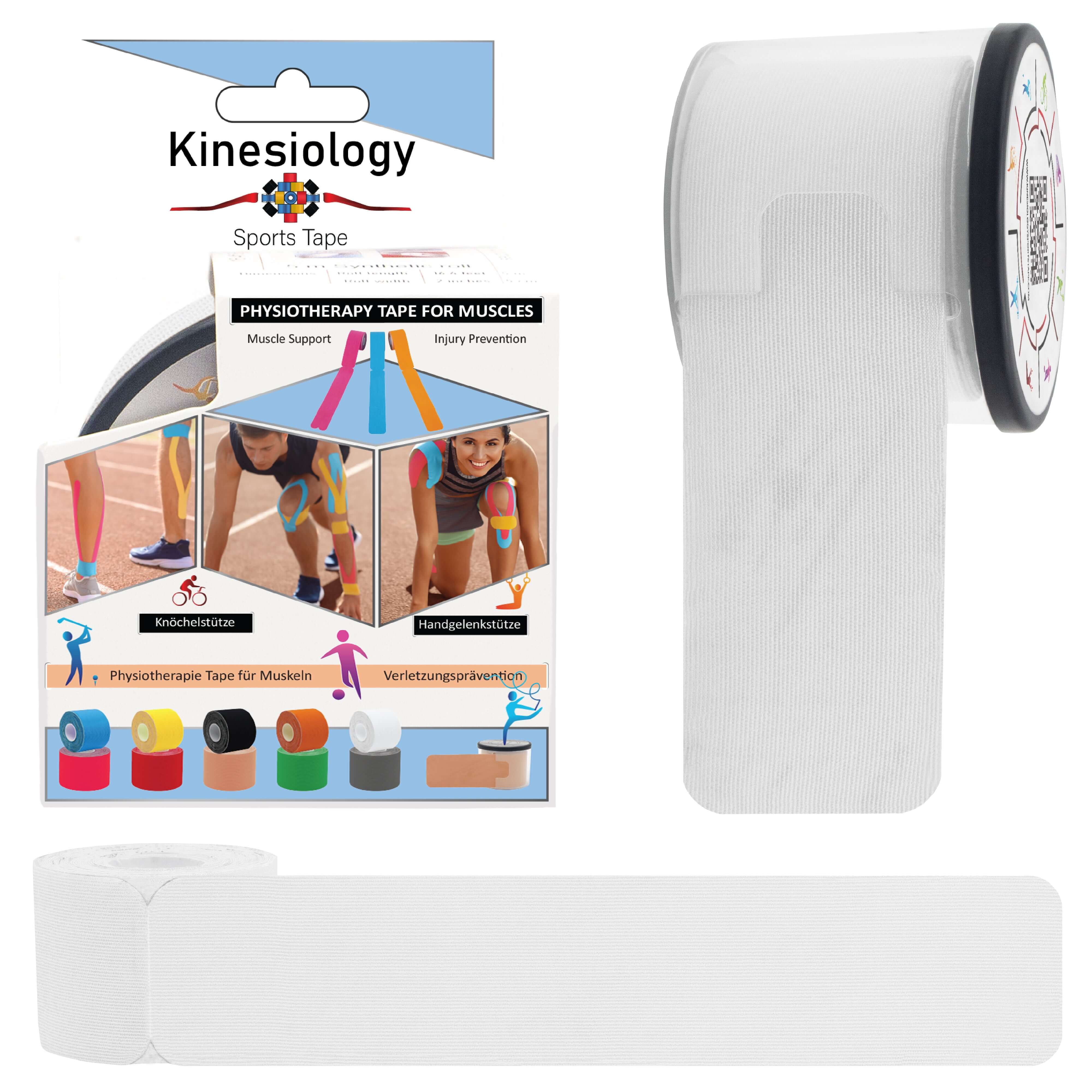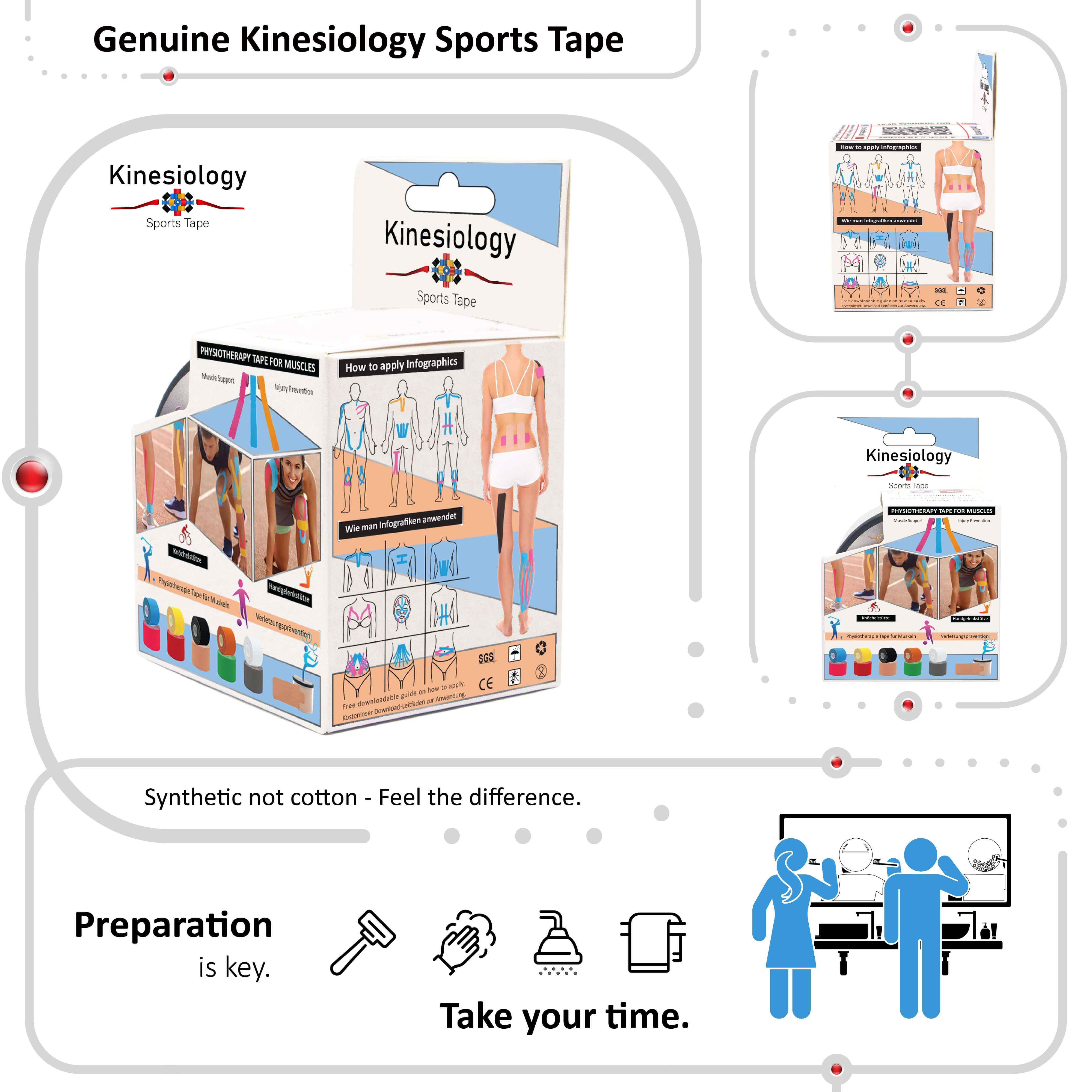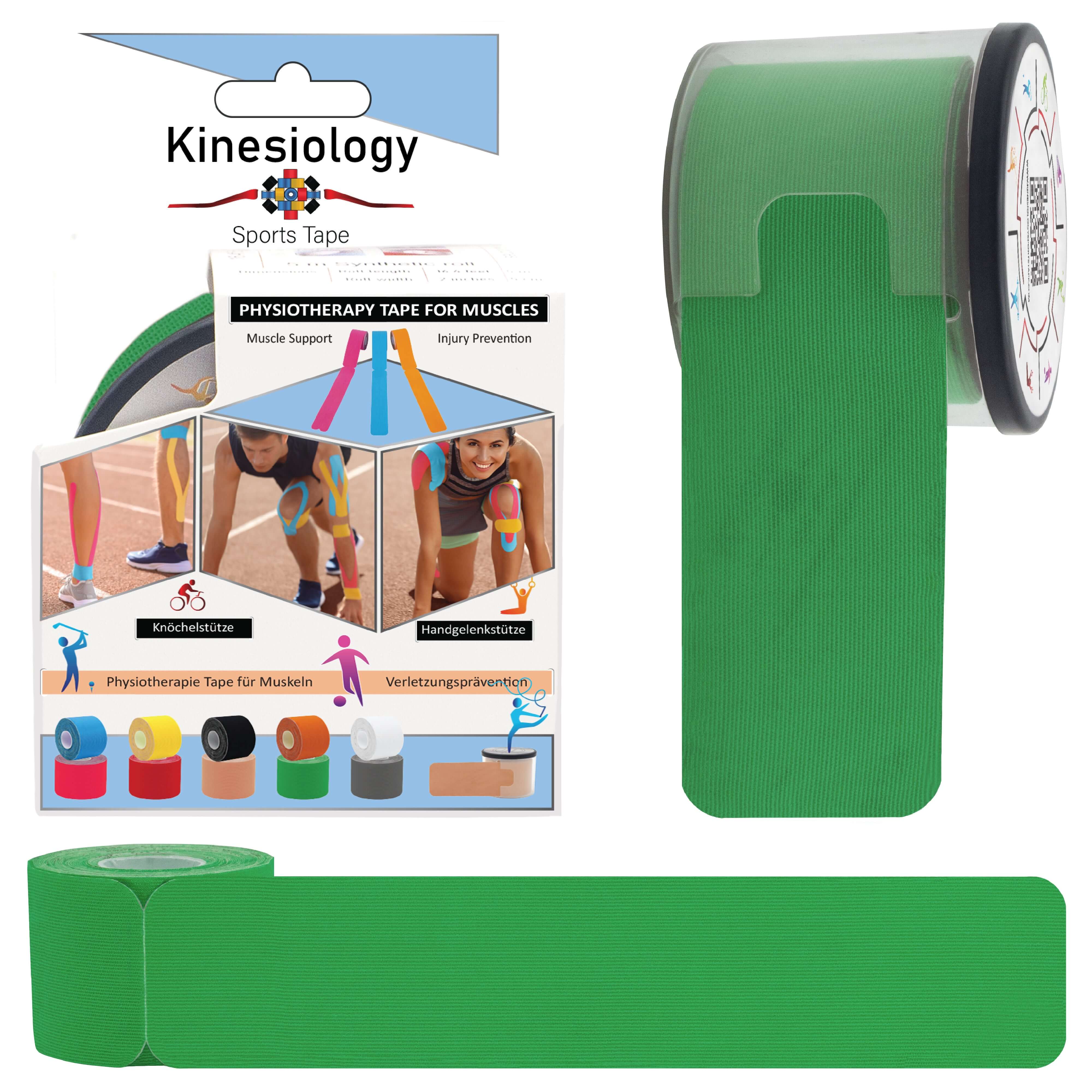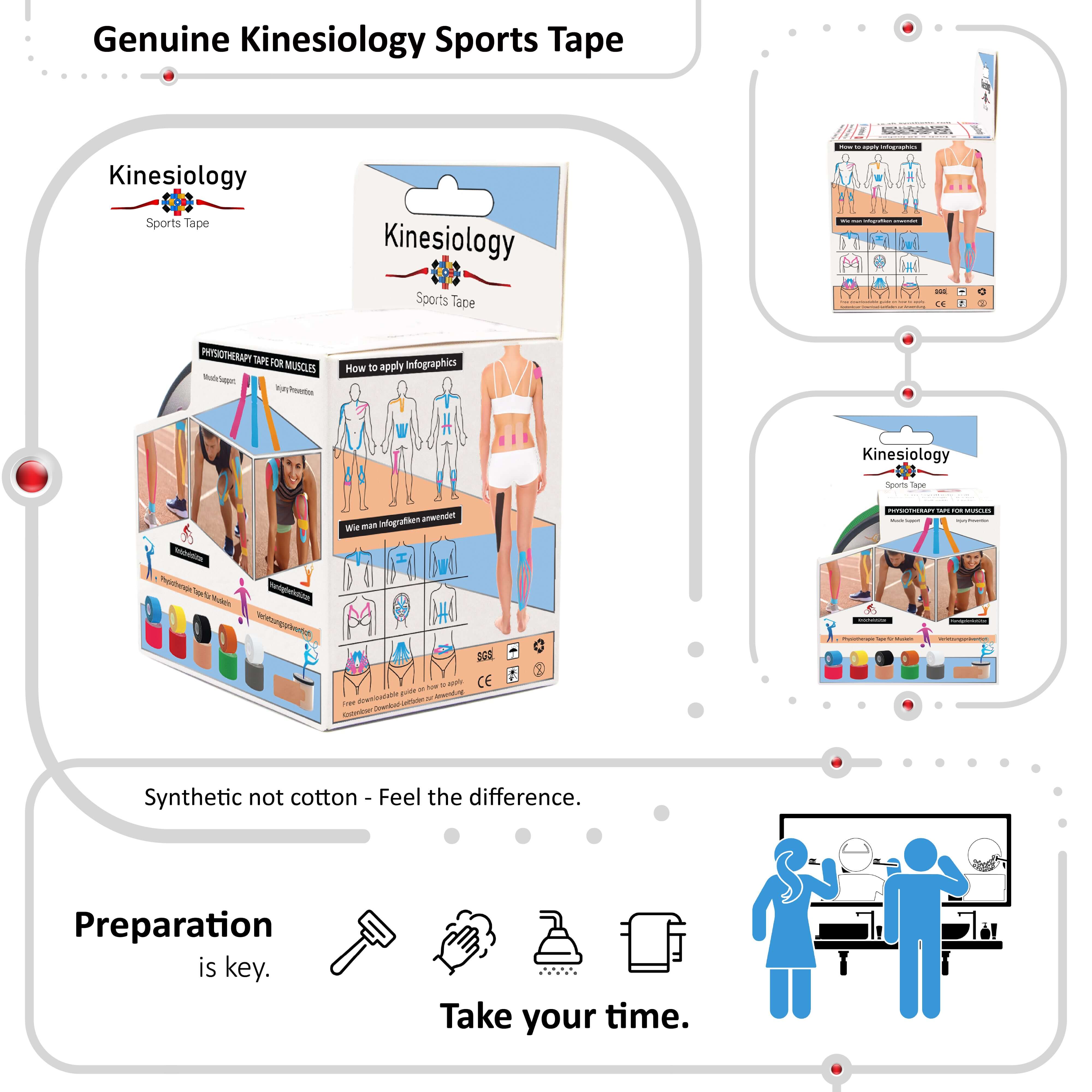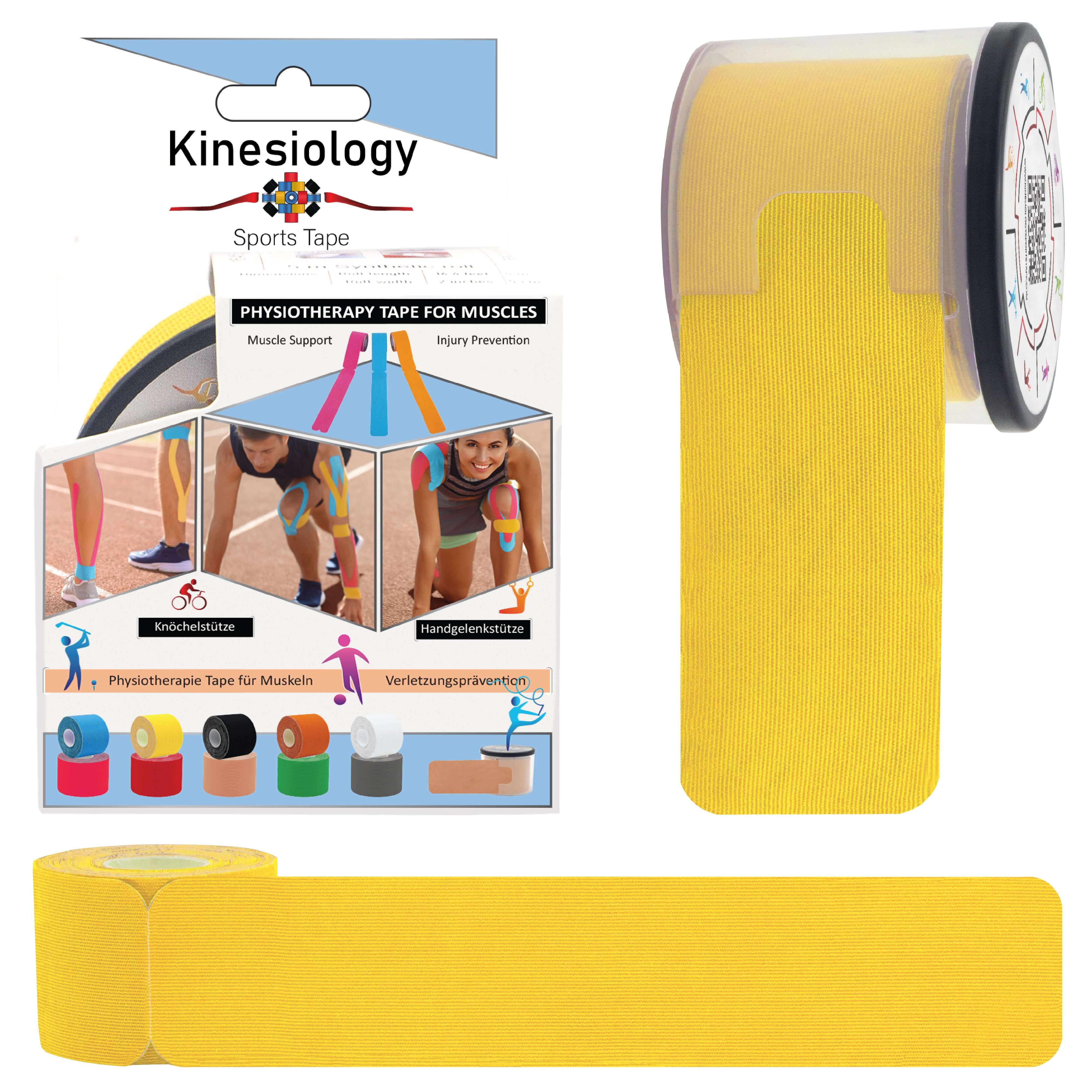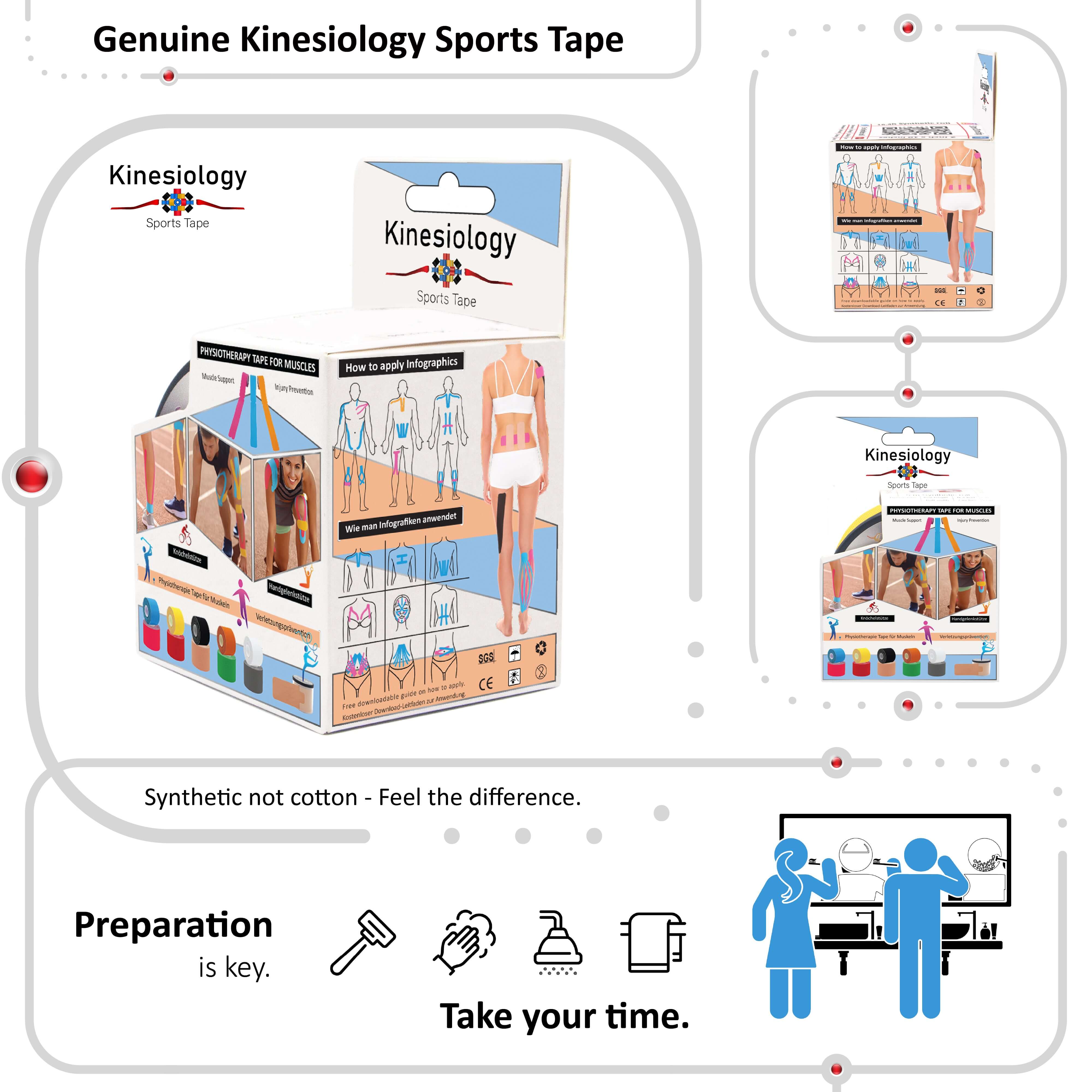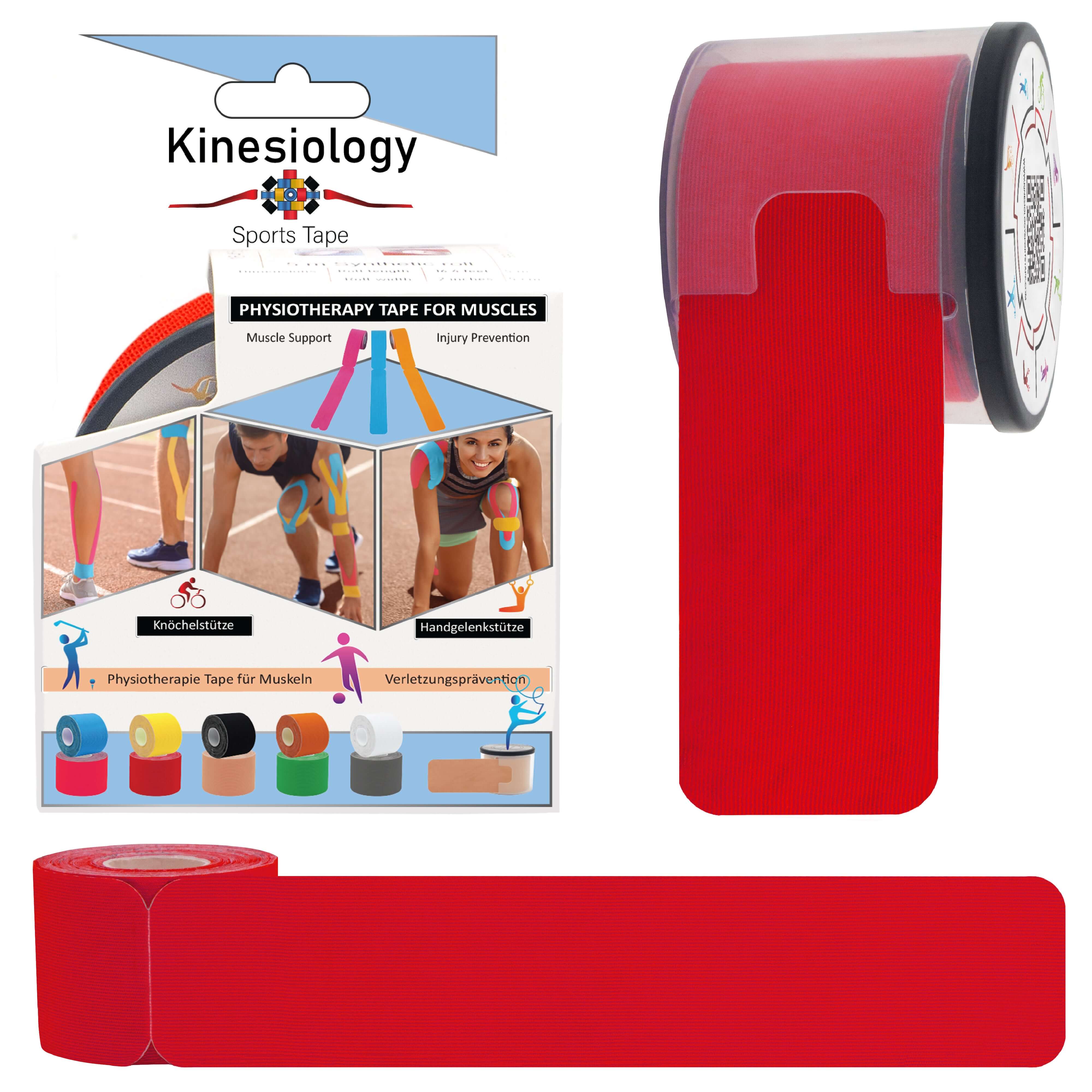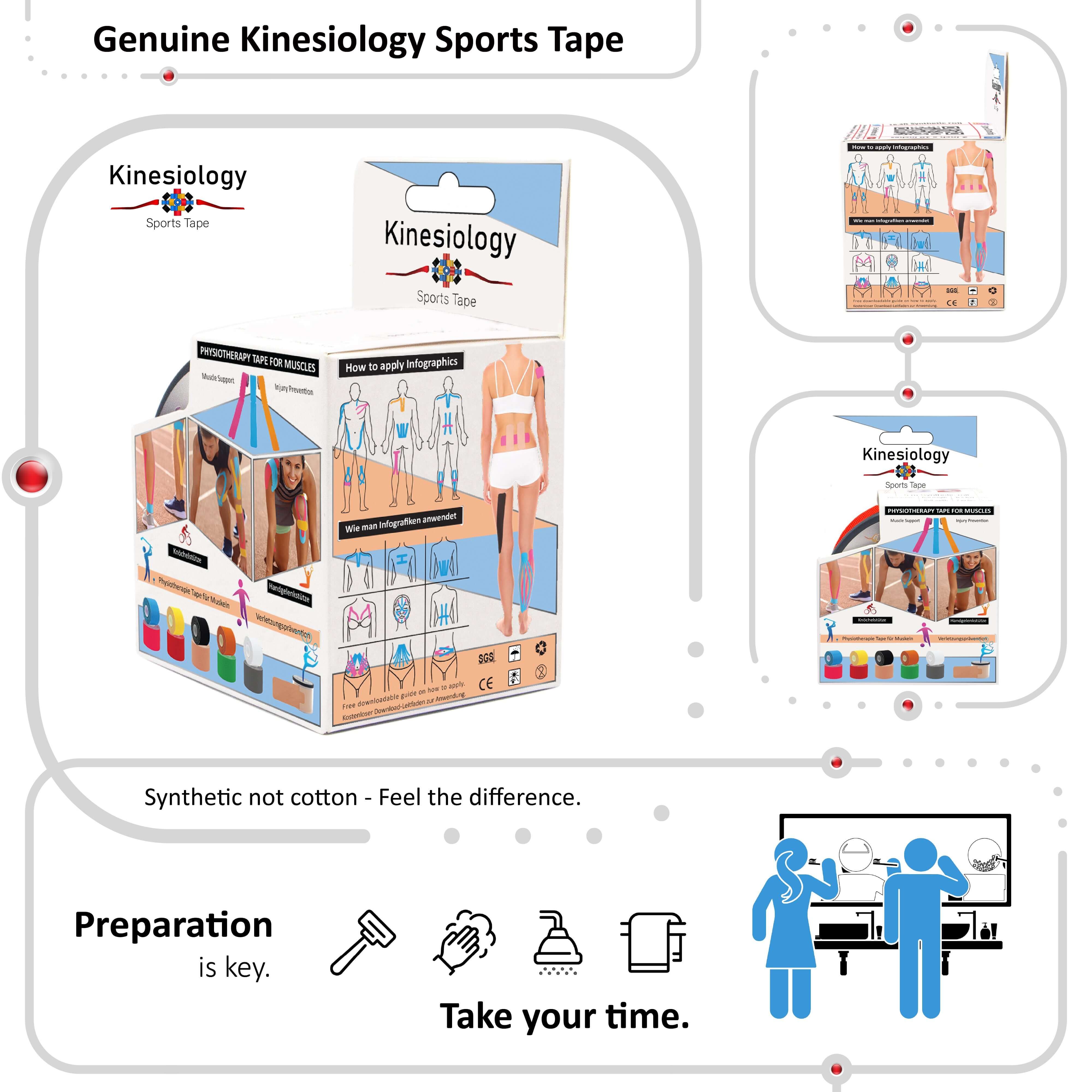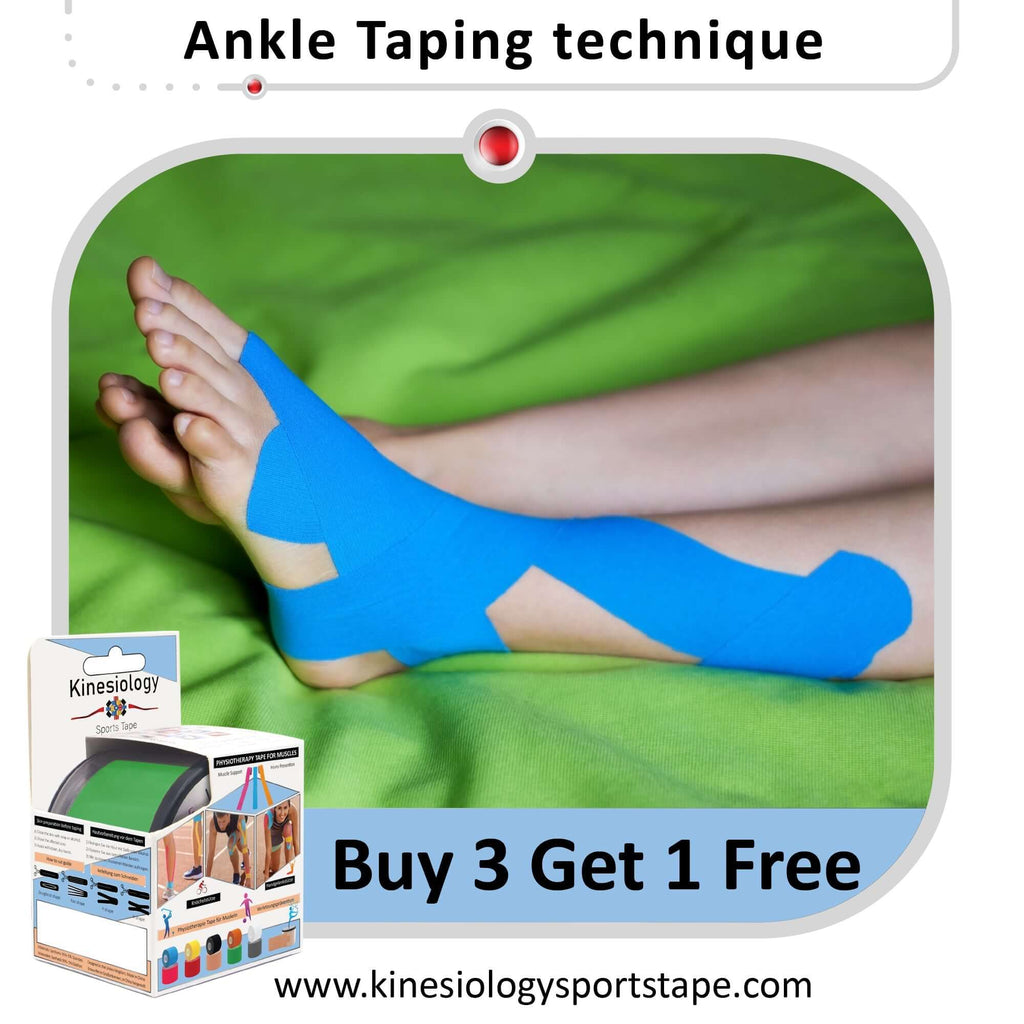
Can Kinesiology Tape Help With Shin Splints

Shin splints, a dull ache plaguing the inner edge of your shinbone, can sideline runners and fitness enthusiasts alike. This common condition disrupts training and leaves you yearning to get back to pain-free movement. This blog tackles shin splints head-on, exploring their causes, effective treatment options, and how kinesiology tape can be a valuable tool in your recovery journey.
Understanding Shin Splts: The Inflammation Within
Shin splints, medically known as medial tibial stress syndrome, occur due to inflammation of the muscles, tendons, and bone tissue around your tibia. This inflammation arises from repetitive stress, often caused by:
- Rapid training increases: Pushing your running intensity or distance too quickly puts undue stress on your shins.
- Improper running form: Inefficient running mechanics can lead to improper weight distribution and increase shin stress.
- Worn-out shoes: Shoes lacking adequate support and cushioning fail to absorb impact, placing more stress on your shins.
- Foot biomechanics: Flat feet or high arches can alter your running form and contribute to shin splints.
Shin Splints: Recognizing the Warning Signs
Listen to your body! Here are common signs of shin splints:
- Pain: A dull or aching pain along the inner edge of your shinbone, especially during or after exercise.
- Tenderness: Increased sensitivity to touch in the affected area.
- Discomfort: Pain that worsens with activity and may improve somewhat with rest.
Combating Shin Splints: A Multi-Pronged Approach
Shin splints are treatable, and with the right approach, you can get back to pain-free movement. Here are key strategies:
- Rest: Allow your body time to heal and repair the inflamed tissues. Take a break from running or activities that aggravate the pain.
- Ice: Apply ice packs to the affected area for 15-20 minutes at a time, several times a day, to reduce inflammation and promote healing.
- Compression: Wearing compression socks or sleeves can help minimize inflammation and provide support to your shins.
- Pain Medication: Over-the-counter pain relievers like ibuprofen can help manage pain and discomfort.
- Physical Therapy: A physical therapist can be a game-changer. They can assess your running form, recommend strengthening exercises to improve muscle stability, and provide stretching techniques to enhance flexibility and prevent future occurrences.
Enter Kinesiology Tape: A Supportive Ally
Kinesiology tape has emerged as a popular option for managing shin splints. While not a cure-all, it can offer additional support alongside other treatment methods. Here's how kinesiology tape might benefit those suffering from shin splints:
- Improved circulation: Kinesiology tape application may create microscopic lifting of the skin, potentially enhancing blood flow to the inflamed area. Increased circulation can deliver oxygen and nutrients to promote healing and reduce pain.
- Reduced inflammation: Kinesiology tape may influence the lymphatic system, which helps remove waste products and fluid build-up. This reduction in inflammation can potentially alleviate shin pain and stiffness.
- Pain gate theory: Kinesiology tape can provide sensory input to the skin and underlying tissues in the shin area. This stimulation may activate the body's natural pain-relieving mechanisms, effectively reducing pain perception.
- Improved proprioception: Kinesiology tape application can enhance your body awareness in the affected area. This heightened proprioception can lead to better running form and potentially reduce stress on the shins.
Important Considerations for Kinesiology Tape:
- Kinesiology tape is not a standalone treatment: It's a complementary therapy that should be used alongside other treatment methods like rest, stretching, and proper footwear.
- Consult a healthcare professional: Before using kinesiology tape for shin splints, consult a doctor or physical therapist for proper diagnosis and to discuss if kinesiology tape is right for you. They can also recommend proper application techniques.
- Learn proper application: Applying kinesiology tape incorrectly can limit its effectiveness or even cause irritation. Watch instructional videos or consult a physical therapist to learn proper application techniques for shin splints.
Kinesiology Tape Application for Shin Splints:
There are various application techniques, but a common approach is the "V-strip" application:
- Prepare the area: Clean and dry the affected area of your shin.
- Cut and round the tape: Cut a V-shaped strip of kinesiology tape with rounded corners for better comfort.
- Anchor point: Apply the anchor point (pointed end) of the V at the base of your shin, near your ankle.
- Application with tension: Apply the two branches of the V upwards along your shin towards your knee, applying light to moderate tension as you

